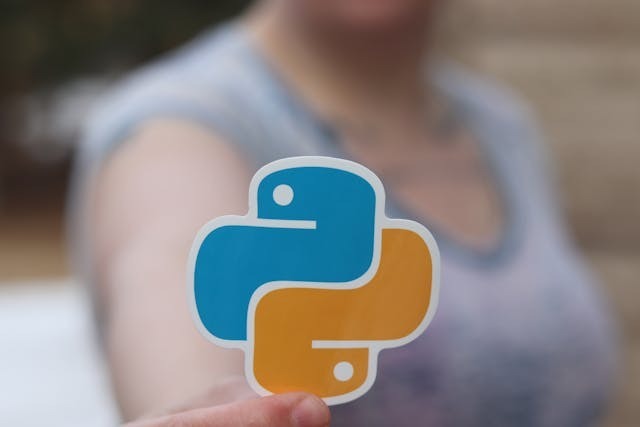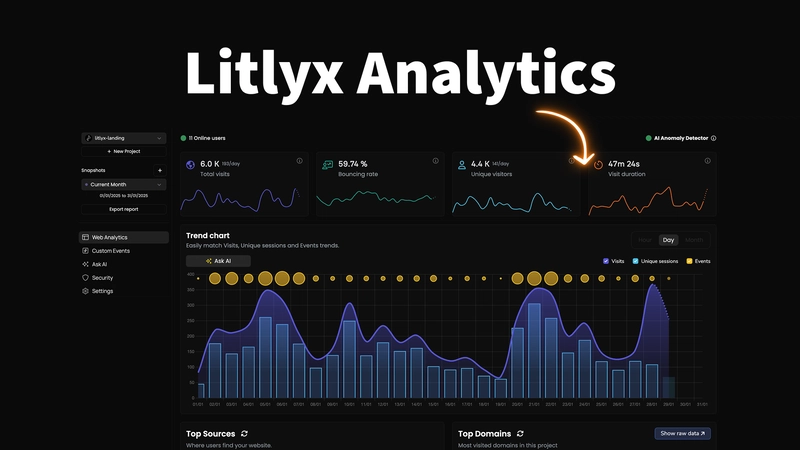From C to Rust to Go: What Native Really Offers Today
Introduction In the age of frameworks and abstraction, native programming languages might feel like a thing of the past. But truth is—languages like C, Rust, and Go are still powering the core of everything: operating systems, browsers, servers, devices, and now even some parts of the web. So, when should you reach for native languages instead of JavaScript frameworks, Python backends, or Flutter UIs? Let’s explore the raw power, use cases, and reasons to go native, even in 2025. 1️⃣ What Do We Mean by “Native Languages”? In this context, we're talking about compiled, low-level, system-access-capable languages, like: C / C++ – Classic, close-to-the-metal Rust – Memory-safe, modern alternative to C Go – Fast compile times, simplicity, built for concurrency Zig, Assembly, Nim, etc. – also in the native league These languages produce machine-level binaries, not interpreted scripts. They’re used where performance and control matter most. 2️⃣ Why Go Native? The Case for Full Control

Introduction
In the age of frameworks and abstraction, native programming languages might feel like a thing of the past. But truth is—languages like C, Rust, and Go are still powering the core of everything: operating systems, browsers, servers, devices, and now even some parts of the web.
So, when should you reach for native languages instead of JavaScript frameworks, Python backends, or Flutter UIs?
Let’s explore the raw power, use cases, and reasons to go native, even in 2025.
1️⃣ What Do We Mean by “Native Languages”?
In this context, we're talking about compiled, low-level, system-access-capable languages, like:
- C / C++ – Classic, close-to-the-metal
- Rust – Memory-safe, modern alternative to C
- Go – Fast compile times, simplicity, built for concurrency
- Zig, Assembly, Nim, etc. – also in the native league
These languages produce machine-level binaries, not interpreted scripts. They’re used where performance and control matter most.





























![[Webinar] AI Is Already Inside Your SaaS Stack — Learn How to Prevent the Next Silent Breach](https://blogger.googleusercontent.com/img/b/R29vZ2xl/AVvXsEiOWn65wd33dg2uO99NrtKbpYLfcepwOLidQDMls0HXKlA91k6HURluRA4WXgJRAZldEe1VReMQZyyYt1PgnoAn5JPpILsWlXIzmrBSs_TBoyPwO7hZrWouBg2-O3mdeoeSGY-l9_bsZB7vbpKjTSvG93zNytjxgTaMPqo9iq9Z5pGa05CJOs9uXpwHFT4/s1600/ai-cyber.jpg?#)










































































































































![[The AI Show Episode 144]: ChatGPT’s New Memory, Shopify CEO’s Leaked “AI First” Memo, Google Cloud Next Releases, o3 and o4-mini Coming Soon & Llama 4’s Rocky Launch](https://www.marketingaiinstitute.com/hubfs/ep%20144%20cover.png)





























































































































![[FREE EBOOKS] Machine Learning Hero, AI-Assisted Programming for Web and Machine Learning & Four More Best Selling Titles](https://www.javacodegeeks.com/wp-content/uploads/2012/12/jcg-logo.jpg)








































































![Rogue Company Elite tier list of best characters [April 2025]](https://media.pocketgamer.com/artwork/na-33136-1657102075/rogue-company-ios-android-tier-cover.jpg?#)








































































_Andreas_Prott_Alamy.jpg?width=1280&auto=webp&quality=80&disable=upscale#)






























































































![What’s new in Android’s April 2025 Google System Updates [U: 4/18]](https://i0.wp.com/9to5google.com/wp-content/uploads/sites/4/2025/01/google-play-services-3.jpg?resize=1200%2C628&quality=82&strip=all&ssl=1)










![Apple Watch Series 10 Back On Sale for $299! [Lowest Price Ever]](https://www.iclarified.com/images/news/96657/96657/96657-640.jpg)
![EU Postpones Apple App Store Fines Amid Tariff Negotiations [Report]](https://www.iclarified.com/images/news/97068/97068/97068-640.jpg)
![Apple Slips to Fifth in China's Smartphone Market with 9% Decline [Report]](https://www.iclarified.com/images/news/97065/97065/97065-640.jpg)




































































































































